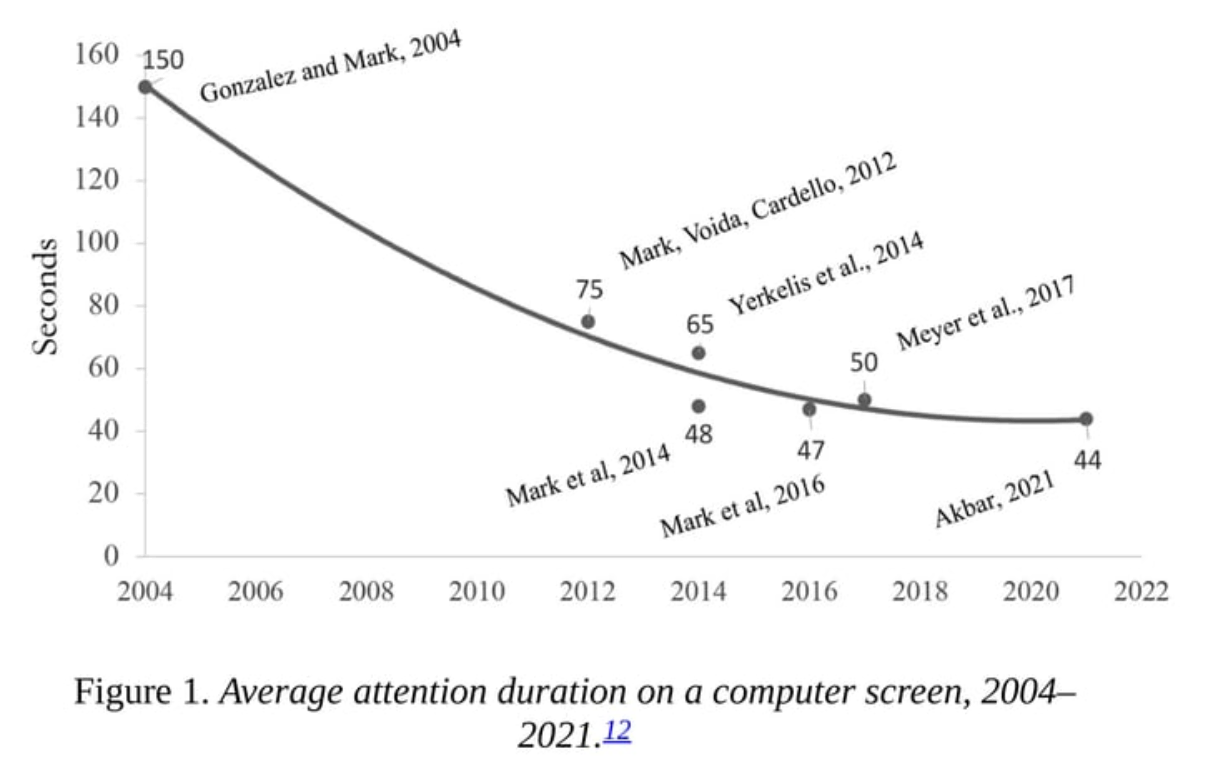Remember the immersive experience of Ridley Scott’s Gladiator (2000)? Its long shots, sweeping panoramas, and deliberate silences weren’t just stylistic choices; they were integral to building the film’s epic emotional resonance. The film felt grand not solely due to its narrative, but through the director’s conscious decisions regarding pacing and cinematography, allowing viewers to fully absorb the atmosphere and emotional weight of each scene.
Now, compare that to Gladiator II (2024). The stylistic shift is evident, with shorter, higher-energy cuts dominating. This change isn’t merely an artistic whim; it reflects a significant evolution in how we consume media. Over the past two decades, our collective attention span has demonstrably decreased. As Gloria Mark’s Attention Span illustrates, our capacity for sustained focus has diminished considerably, a trend evident across various forms of content, from the rapid-fire nature of TikTok videos to the increasingly frenetic pacing of blockbuster films.

This documented decline in attention, coupled with the growing pressure on creators to prioritise engagement metrics (likes, views, watch time), presents a significant challenge to genuine culture formation. The consequence is that content is increasingly being optimised not for its depth, originality, or lasting cultural value, but rather for its ability to capture and retain fleeting attention within the parameters of algorithmic demands. As these algorithms become more sophisticated and their inner workings less transparent, they risk fostering a “winner-takes-all” environment that favours predictable, easily digestible content over truly innovative and potentially challenging creations.
If culture formation thrives on the emergence of novel ideas, the evolution of fresh artistic movements, and the occurrence of unexpected intellectual breakthroughs, then the current system, driven by algorithmic incentives and shortened attention spans, is hindering this very process. To address this, it would make sense to actively explore and experiment with both new algorithmic approaches and alternative discovery models that prioritise factors beyond mere engagement metrics. The crucial question we must address is this: How can we cultivate an environment where culture can flourish with depth and originality, rather than being solely dictated by the logic of engagement-optimised algorithms?